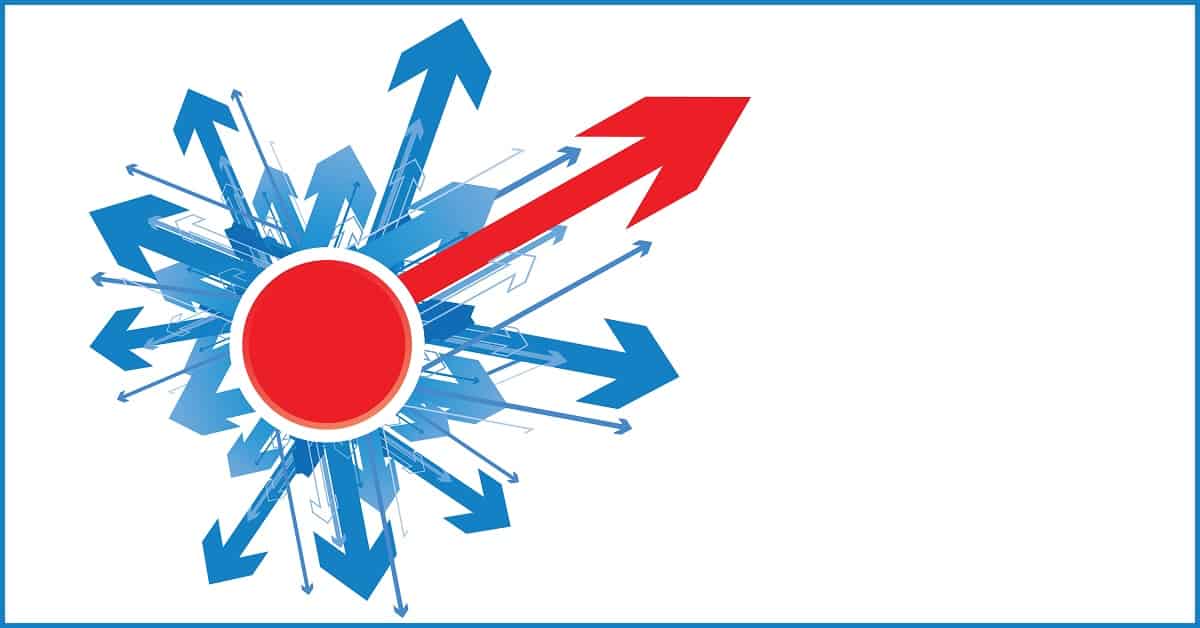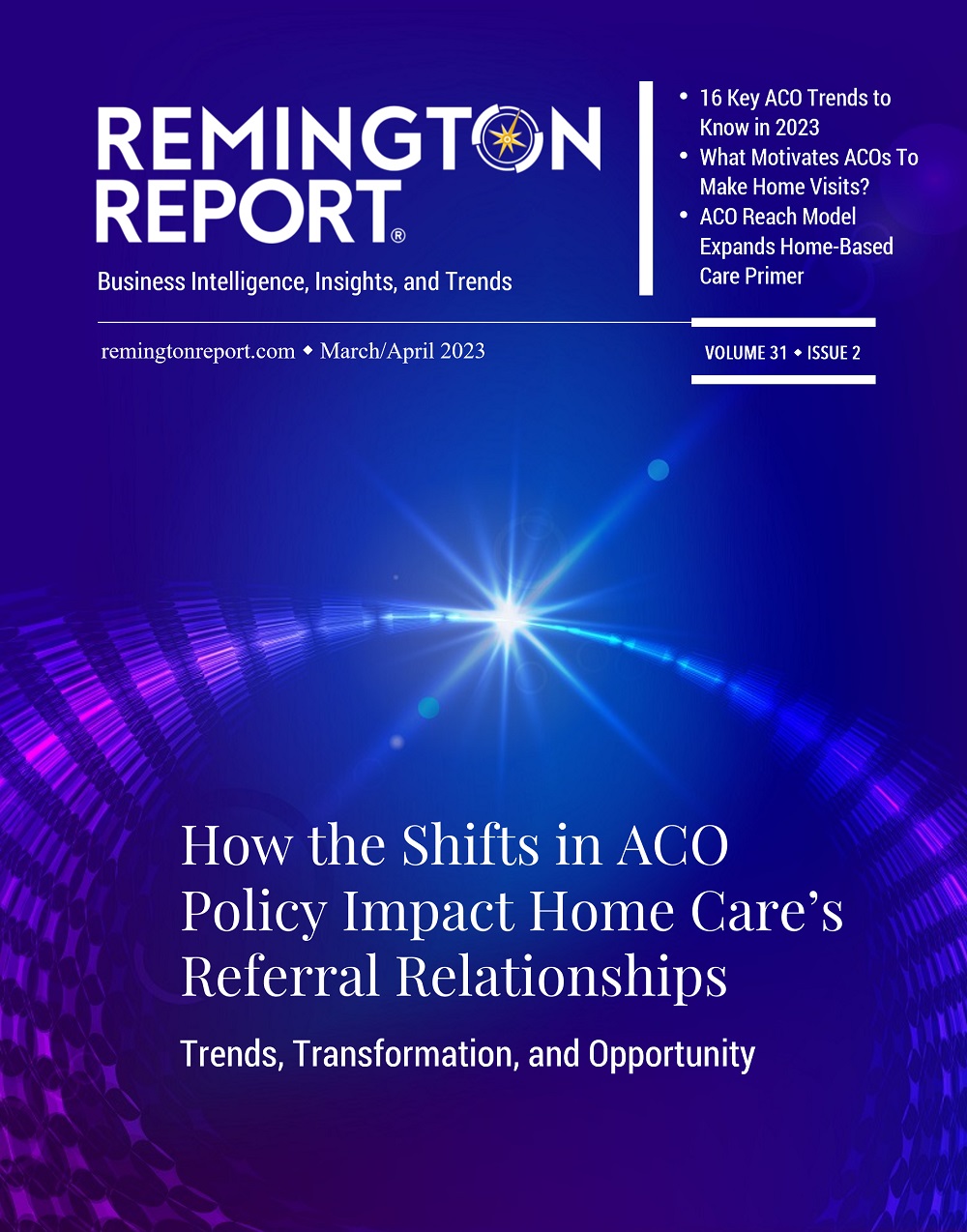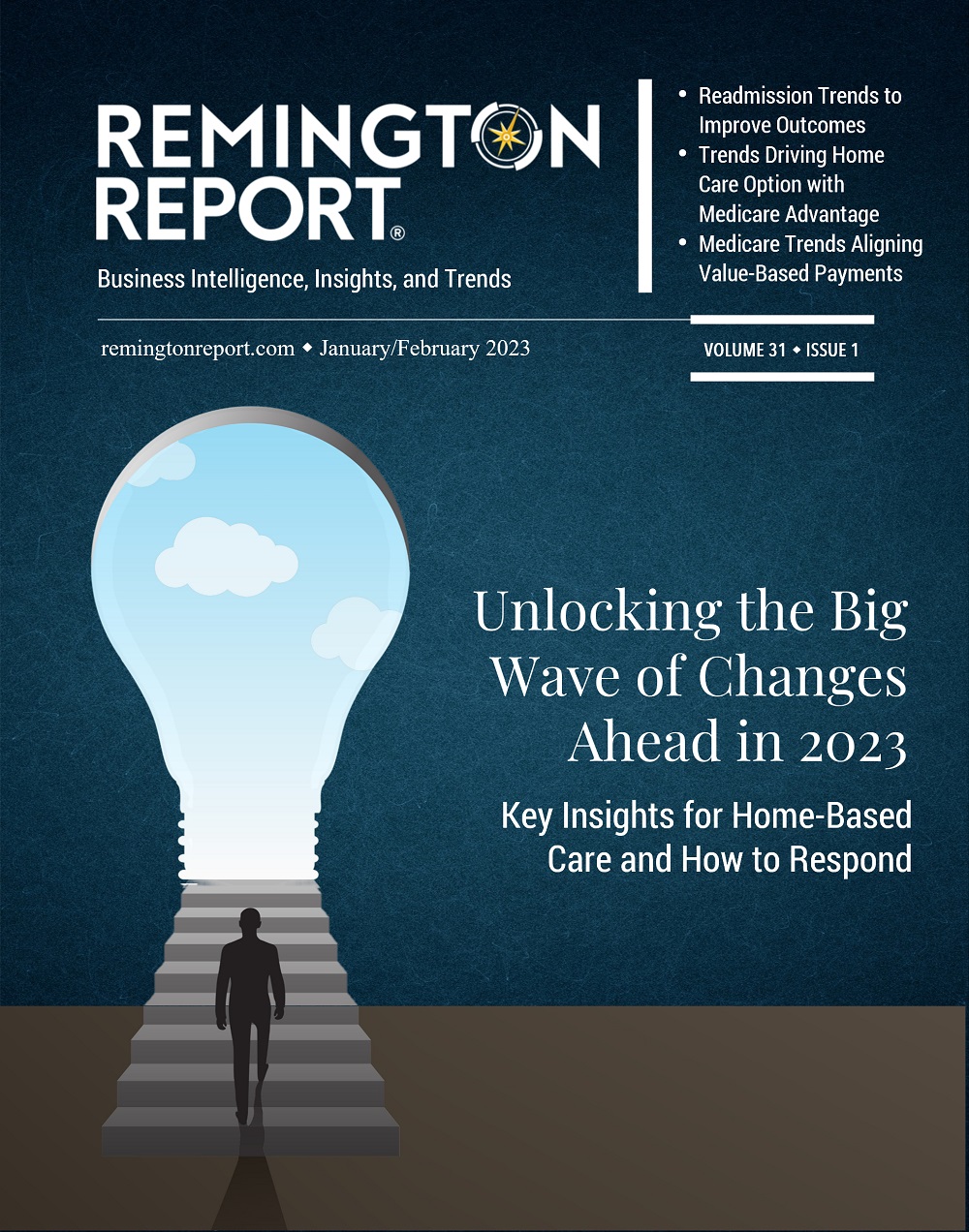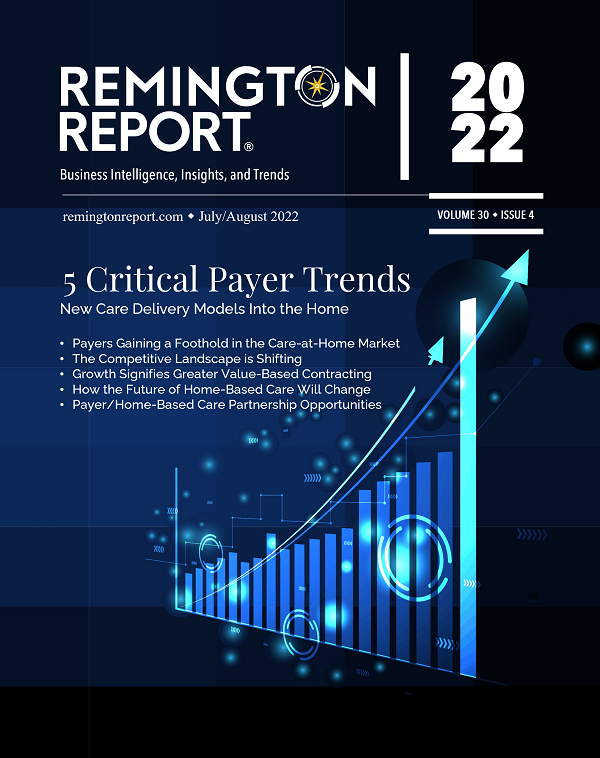INTERACTIVE FEATURES: When viewing this article on an electronic device, note that web addresses are live links. Just click the link to visit that web page.
Click for instructions for moving the PDF into Kindle, Nook, Apple iBooks, and Apple Library.
Insurers, Home-based Primary Care, and Technology Create New Care Delivery Models
Insurer’s profits boomed in large part to significant utilization declines under COVID-19. New initiatives are bending the curve to how care will be delivered in the home. Changing models have insurers partnering-up with primary care physicians, telehealth, and pharmacies to deliver care in the home.
Highlights
- Changing investment strategies. Integration of primary care practices, home visits, and technology to deliver high acuity care in the home.
- Leveraging technology. An approach to deliver better services anytime anywhere. Real-time data from the home.
- Consumer/patient-centric mindset. The approach is to monitor their needs, wants, and factors that influence their actions and compliance.
- Greater control of costs and outcomes. Expanded value-based contracting. Move away from fee-for-service.
Insurers’ Reactions Post COVID-19 and Beyond
1. Walgreens
Walgreens Boots Alliance, Inc. and VillageMD announced that Walgreens will be the first national pharmacy chain to offer full-service doctor offices co-located at its stores on a large scale, following a highly successful trial begun last year.
This expanded partnership will open 500 to 700 “Village Medical at Walgreens” physician-led primary care clinics in more than 30 U.S. markets in the next five years, with the intent to build hundreds more thereafter. The strategic advantage – adding pharmacists to the team to improve medication adherence.
How It Works
The clinics will uniquely integrate the pharmacist as a critical member of VillageMD’s multi-disciplinary team to deliver healthcare to patients and will be staffed by more than 3,600 primary care providers, who will be recruited by VillageMD.
VillageMD’s HMO-like model supports the company’s goal: “To provide integrated primary care and pharmacy model that will drive better health outcomes, reduce costs and provide a differentiated patient experience to the communities we serve,” Alex Gourlay, co-chief operating officer, told analysts during the company’s latest earnings call.
Telehealth
24/7 care will be available via telehealth and at-home visits via Walgreens or VillageMD’s internal capabilities. Doctors can provide at-home doctor visits for vulnerable populations, such as senior citizens or the immunocompromised.
More than 50 percent will be located in Health Professional Shortage Areas and Medically Underserved Areas/Populations, as designated by the U.S. Department of Health and Human Services.
2. Humana Invests In In A New Partnerships To Deliver Telehealth and Primary Care Visits In The Home
Since the COVID-19 pandemic began, Humana and Heal have been working together to provide Humana members primary care services through Heal’s telehealth platform. By partnering with Humana, Heal and the Louisville, Ky.-based payer will expand its home care footprint to markets including Chicago, Charlotte, N.C., and Houston. Heal provides telehealth services to Medicare eligible, Group Commercial, and individual coverage beneficiaries.
Since launching five years ago, Heal has provided more than 200,000 telehealth-powered primary care home visits for patients in New York, New Jersey, Washington, California, Georgia, Virginia, Maryland, and Washington, D.C.
The telehealth expansion supports Humana’s Bold Goal initiative, which focuses on creating solutions to address social determinants and health-related needs.
“The partnership with Heal is part of Humana’s efforts to build a broader set of offerings across the spectrum of home-based care, with high-quality, value-based primary care being a key foundational element,” said Susan Diamond, Humana’s segment president, Home Business, who is joining Heal’s board of directors as part of the partnership and investment. “We continue to see high levels of customer satisfaction and improved health outcomes when care is delivered in the home. Our goal is to make the healthcare experience easier, more personalized, and caring for the people we serve — and is the hallmark of how Humana delivers human care.”
3. UnitedHealth and Humana Launch Programs for Chronic Conditions
Both UnitedHealthcare and Humana Inc. are rolling out new disease-specific care management programs to provide patients with the tools they need to help control their chronic conditions.
UnitedHealth said it has launched its new digital therapy for people with type 2 diabetes that combines wearable technology and customized personal support. The therapy, called Level2, helps participants gain real-time insights about their condition, using a mobile continuous glucose monitor, activity tracker, app-based alerts, and one-on-one clinical coaching.
Humana contracted with REACH Kidney Care, an educational non-profit affiliated with Dialysis Clinic, Inc., to provide kidney disease care coordination services to eligible Medicare Advantage and commercial members in Georgia, North Carolina, South Carolina, and Tennessee. The collaboration is focused on early detection of chronic kidney disease, slowing disease progression, and improving the patient experience.
Insurers’ strategies to provide greater services in the home are moving rapidly. Humana, already viewed by many providers to be one of the more progressive health plans in terms of partnering with value-based arrangements joins a growing field of payers who are expanding their primary care capabilities.
Humana’s President and Chief Executive Officer Bruce Broussard recently stated, “As Humana continues to improve the functionality of our integrated care strategy with investments in home health and data analytics, we will employ those capabilities to become an even stronger supporter of physician practices as they navigate to value.”

Lisa Remington is widely recognized as one of the foremost futurists in the home care industry, focusing on healthcare trends and disruptive innovation. She serves as the president and publisher of the Remington Report magazine and is also the President of Remington’s Think Tank Strategy Institute. Lisa provides strategic advice and education to over 10,000 organizations, assisting them in developing transformative strategies for growth and their future implications. She closely monitors complex trends and forces of change to develop effective strategic approaches.









